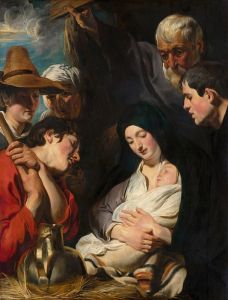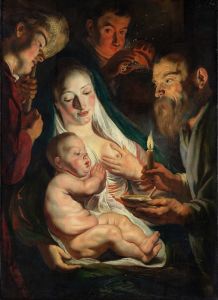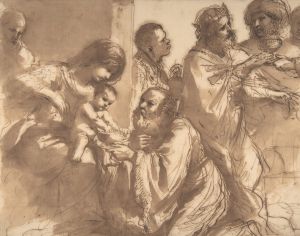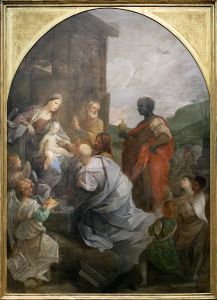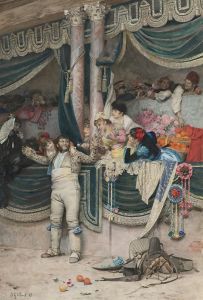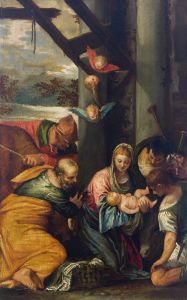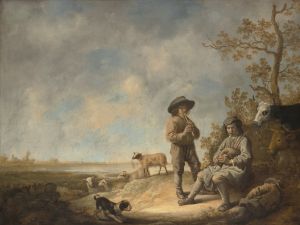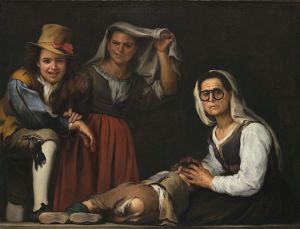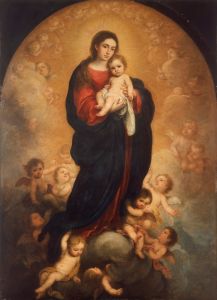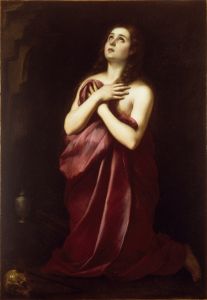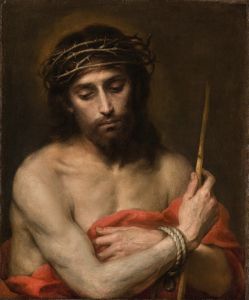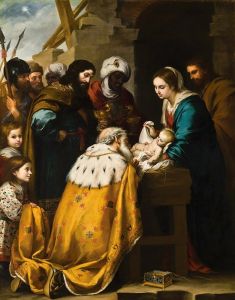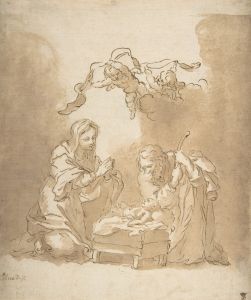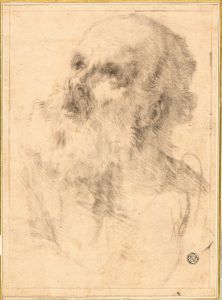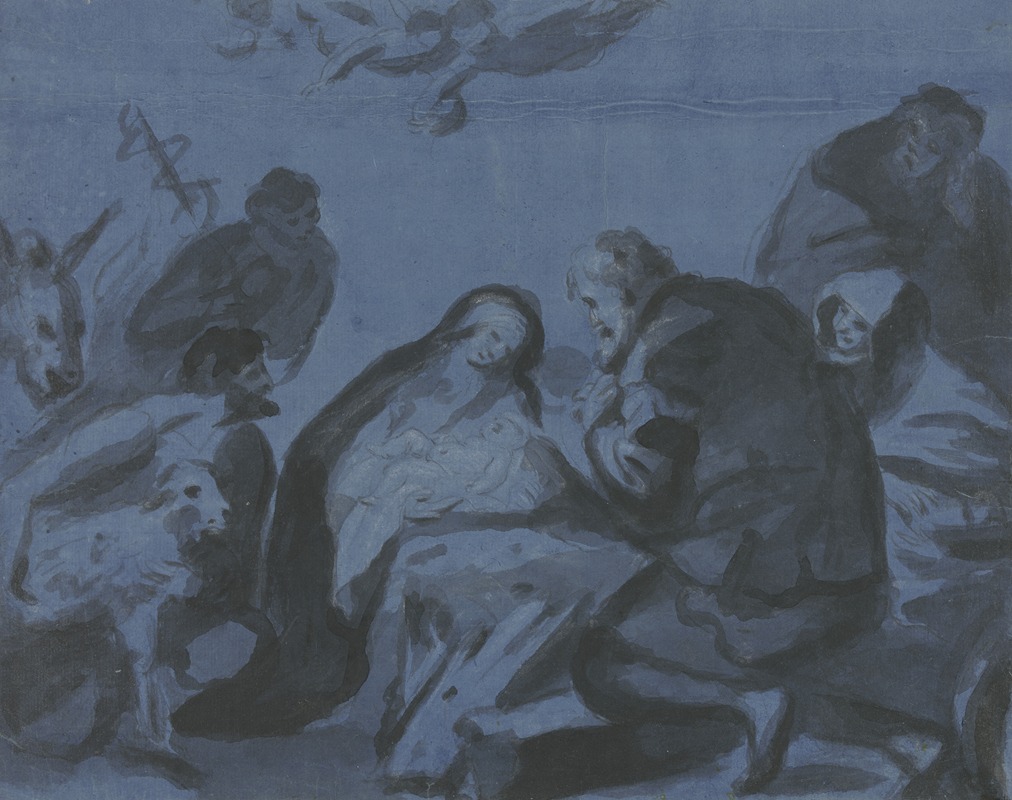
Adoration of the shepherds
A hand-painted replica of Bartolomé Estebán Murillo’s masterpiece Adoration of the shepherds, meticulously crafted by professional artists to capture the true essence of the original. Each piece is created with museum-quality canvas and rare mineral pigments, carefully painted by experienced artists with delicate brushstrokes and rich, layered colors to perfectly recreate the texture of the original artwork. Unlike machine-printed reproductions, this hand-painted version brings the painting to life, infused with the artist’s emotions and skill in every stroke. Whether for personal collection or home decoration, it instantly elevates the artistic atmosphere of any space.
"Adoration of the Shepherds" is a painting by the Spanish Baroque artist Bartolomé Estebán Murillo. Created in the 17th century, this work exemplifies Murillo's mastery in capturing religious themes with a sense of warmth and humanity. Murillo, born in Seville in 1617, is renowned for his religious compositions, genre scenes, and portraits, and he remains one of the most celebrated painters of the Spanish Golden Age.
The painting depicts the biblical scene of the Adoration of the Shepherds, a popular subject in Christian art that illustrates the shepherds visiting the newborn Jesus Christ in Bethlehem. This event is described in the Gospel of Luke, where angels announce the birth of Christ to shepherds, who then visit the infant Jesus to pay homage.
Murillo's "Adoration of the Shepherds" is characterized by its tender and intimate portrayal of the figures. The composition centers around the infant Jesus, who is lying in a manger, emitting a soft, divine light that illuminates the surrounding figures. The Virgin Mary and Saint Joseph are depicted with expressions of reverence and adoration, emphasizing their roles as the holy family. The shepherds, depicted with rustic simplicity, are shown kneeling and offering gifts, their faces reflecting awe and devotion.
Murillo's use of light and shadow in this painting is particularly noteworthy. The divine light emanating from the Christ child creates a dramatic contrast with the darker surroundings, drawing the viewer's focus to the central figures. This technique not only enhances the spiritual significance of the scene but also showcases Murillo's skill in chiaroscuro, a technique that uses strong contrasts between light and dark to achieve a sense of volume and three-dimensionality.
The painting also demonstrates Murillo's ability to convey emotion and narrative through his depiction of the figures' gestures and expressions. The shepherds' humble postures and the tender gaze of the Virgin Mary contribute to the overall sense of piety and reverence. The inclusion of animals, such as the ox and the donkey, adds to the pastoral setting and reinforces the humble circumstances of Christ's birth.
Murillo's "Adoration of the Shepherds" is housed in the Museo del Prado in Madrid, Spain. The Prado Museum is home to an extensive collection of European art, and Murillo's works are among its highlights. This painting, like many of Murillo's religious works, reflects the Counter-Reformation emphasis on accessible and emotionally engaging religious imagery, aimed at inspiring devotion among the faithful.
In summary, "Adoration of the Shepherds" by Bartolomé Estebán Murillo is a masterful representation of a key biblical event, rendered with the artist's characteristic warmth, attention to detail, and skillful use of light. It remains an enduring example of Murillo's contribution to Baroque art and his ability to convey profound religious themes with humanity and grace.





